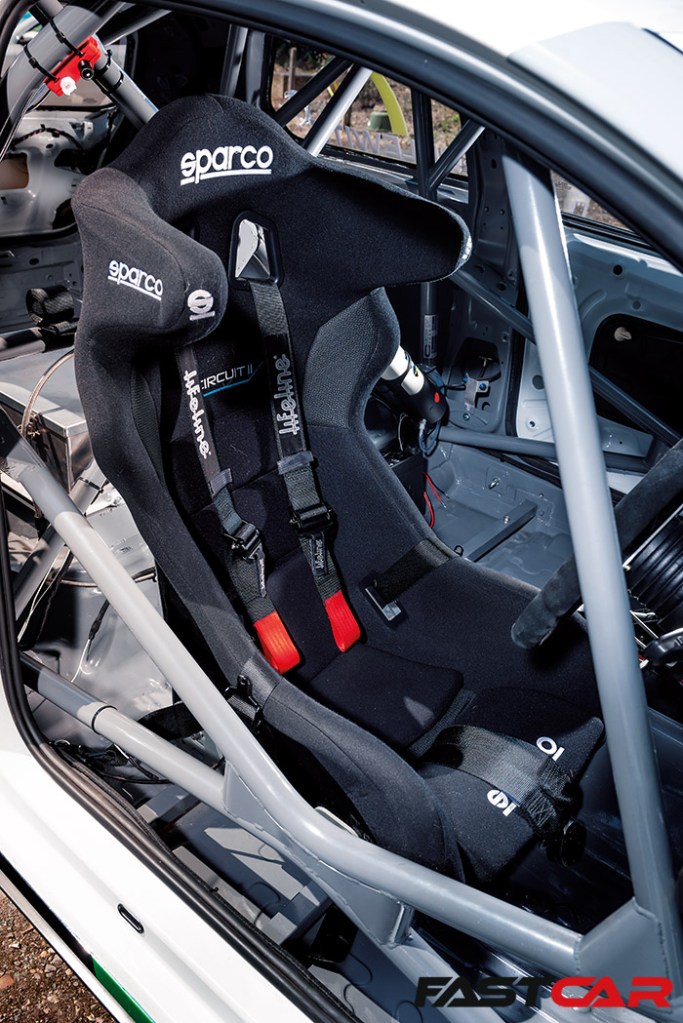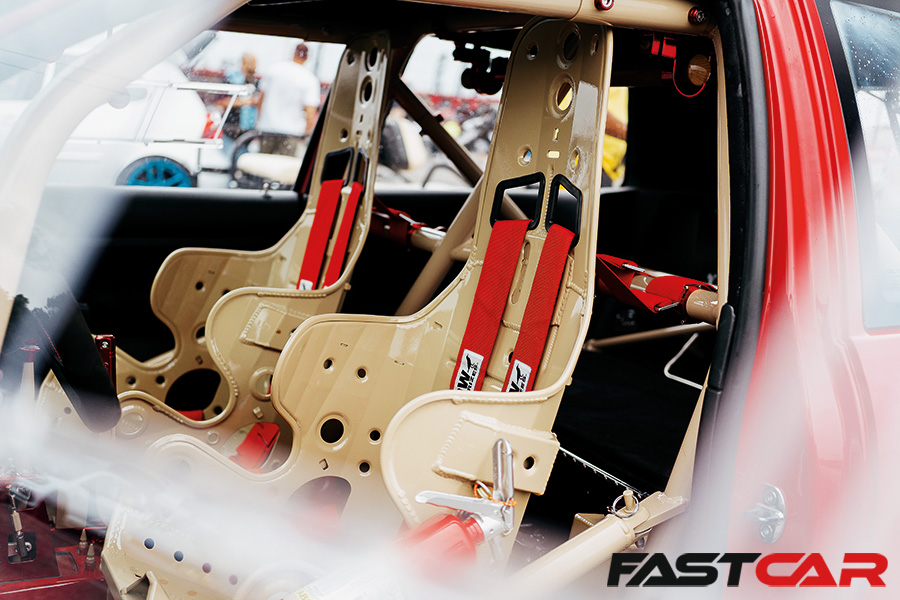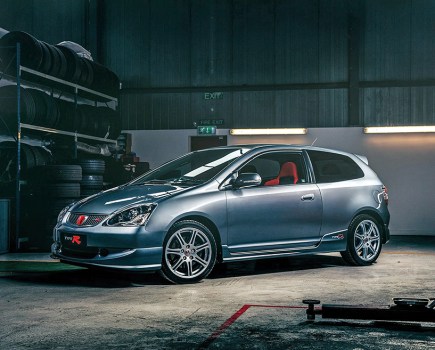Having a good quality driver’s seat is integral to extracting the most performance from yourself and your car. To learn more, check out the Fast Car seat guide.
Nothing transforms your interior like a new pair of seats and that’s probably why installing fresh perches has been one of the more popular modifications since around the beginning of time. Whether it’s for practicality, safety on the track, or just all-round awesome looks come show time, swapping ‘em out is something we’ve been doing forever and long may it continue.
So what do you need to know to choose the right seat for your own project? Well, we’re here to help with that…
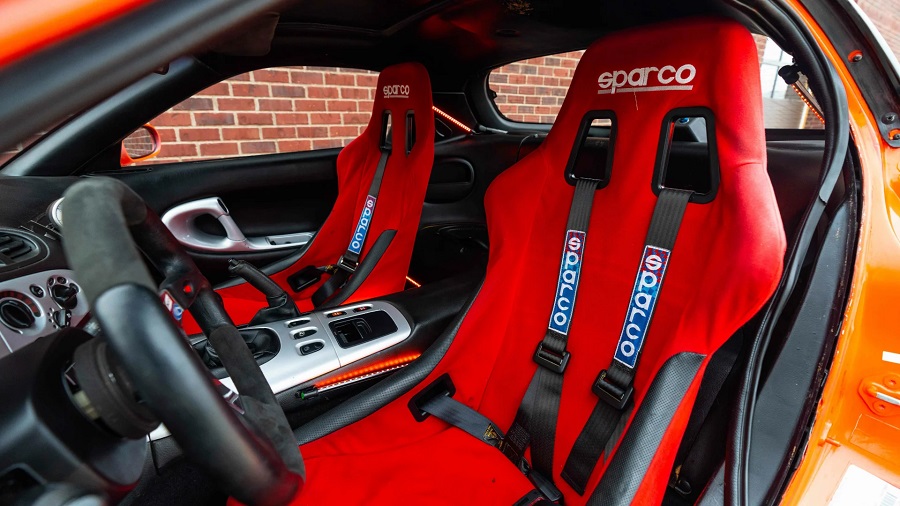
What do you want in a car seat?
First things first, you have to ask yourself exactly what you need from your new seats and what you’ll be doing with your car. Application is everything here so, if you’re stripping your motor out and going racing, what you’ll be after could be entirely different than if you’re building a comfortable everyday driver where you need to get people in the back.
Aside from looks which, let’s face it, are also vitally important, all modern car seats (both OEM and aftermarket) are designed to strict specifications around four main criteria. They should:
1. Support the occupant’s body under a range of driving conditions.
2. Offer protection and support in the event of an accident.
3. Allow for extended sitting without fatigue on the body’s muscular system.
4. Be contour matched to the vehicle and the occupant without restricting movement.
While seats should be generally effective in all these criteria, many specialist items are designed to perform some of them better than others depending on their application. An OEM seat designed for comfort and extra long sitting periods in a motorway cruiser for example will not be as highly supportive in the corners as a custom designed race seat. Probably why Lewis Hamilton’s F1 car isn’t fitted with a seat from a 1997 Ford Scorpio.
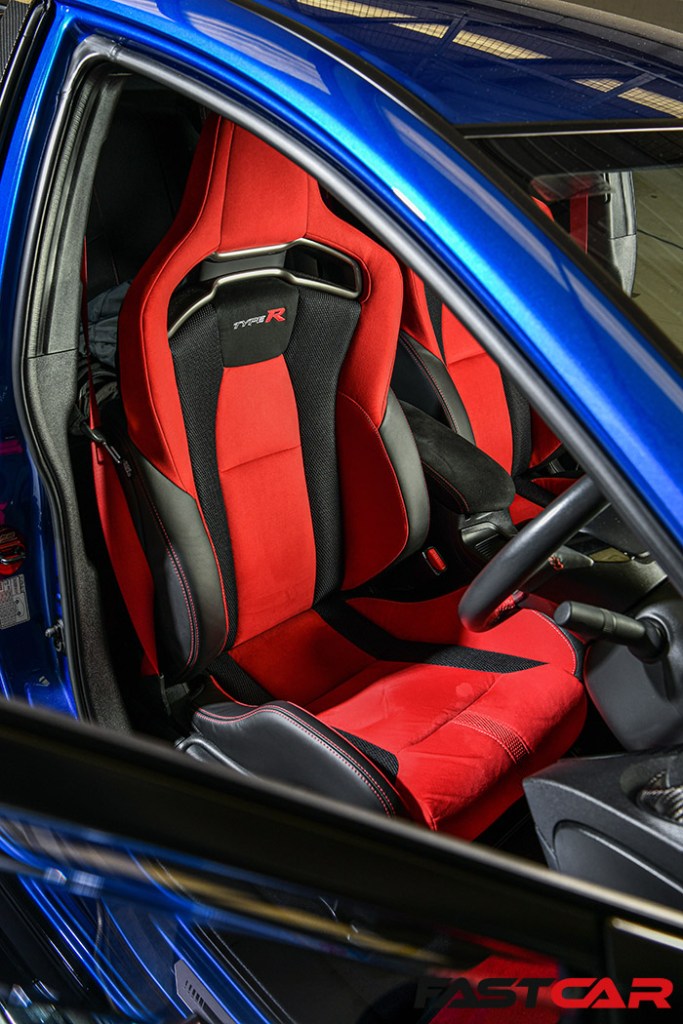
OEM+ car seat options
For the most part here we’ll be talking about specially-designed aftermarket seats but there’s always been OEM+ conversions to consider too. Many manufactures adorn their top models with uprated ‘sports’ items (often from specialist seat manufactures like Cobra or Recaro) that include extra support in the corners and ultimately better looks.
These always make a desirable upgrade for lower spec’d models and will usually be straightforward to fit – they’ll be based on the same model floor pan after all. Golf GTI seats will generally bolt straight into a base model Golf, R32 Skyline GT-R seats will go straight into a R32 GT-S and so on.
There’s also a few weird ones out there too, where seats from different manufacturers will fit straight into other cars. One example is Porsche Boxster seats, these will bolt straight into the Mk1 Audi TT (I know that works because I’ve done it myself). As ever, a spot of web surfing can uncover all sorts of things you never thought possible.
Finally there’s the age-old OEM+ option of ‘getting the bastards in no matter what.’ True it will require a little fettling of the mounts or even the car floor but you can pull off most swaps, if you put your mind to it. We’ve seen everything from delicious Ferrari 360 to downright bonkers TVR Tuscan seats safely installed into a variety of cars over the years. The only limit is your imagination – and your bank account.
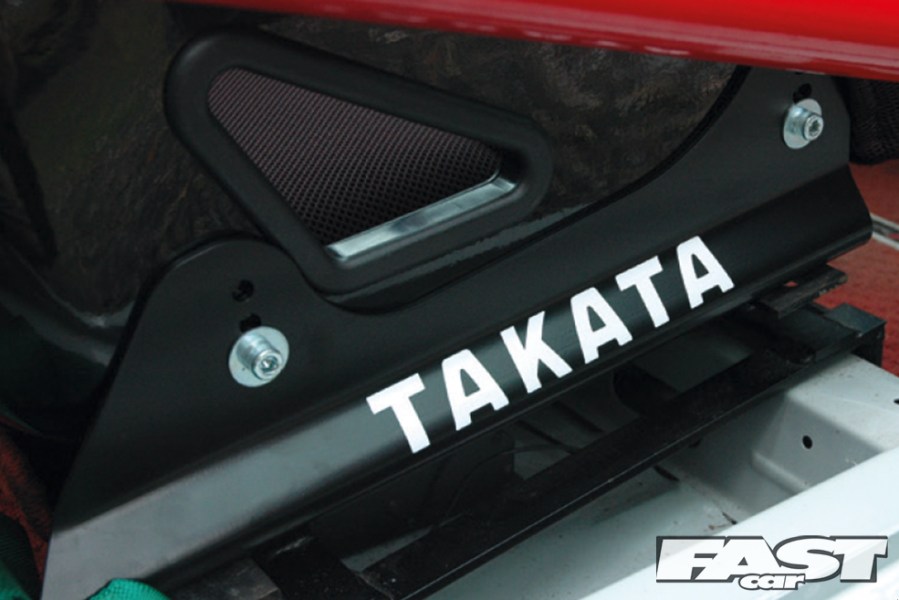
Safety first
There are quite literally hundreds of aftermarket seats out there, but unfortunately that includes plenty of cheaply-made knockoffs. Some of these might seem like a bargain, but it’s always worth remembering your seat isn’t just somewhere to perch your backside, it’s a piece of safety equipment. No matter what you’re looking for, it’s important to keep safety in mind, and even more so when it comes to full-on racing seats – choosing the right one could save your life. You can’t put a price on walking away from a big smash, right?
If you’re looking at the second-hand market you’ll want to be certain about the history of the seat you choose. Just like dropping your crash helmet can render it ineffective, the same can be said if you buy a seat that’s already been in an accident. For peace of mind we’d always recommend buying new, and going for the best one you can afford. As for what brand you choose, do your research. If your new seat comes from a manufacturer you’ve actually heard of, that’s a mighty good start.
Configurations
No matter what material the manufacturer uses or the shape of the final seat, there’s basically two different types – the recliner (sometimes called a sports seat) and the fixed-back racing seat (or bucket seat).
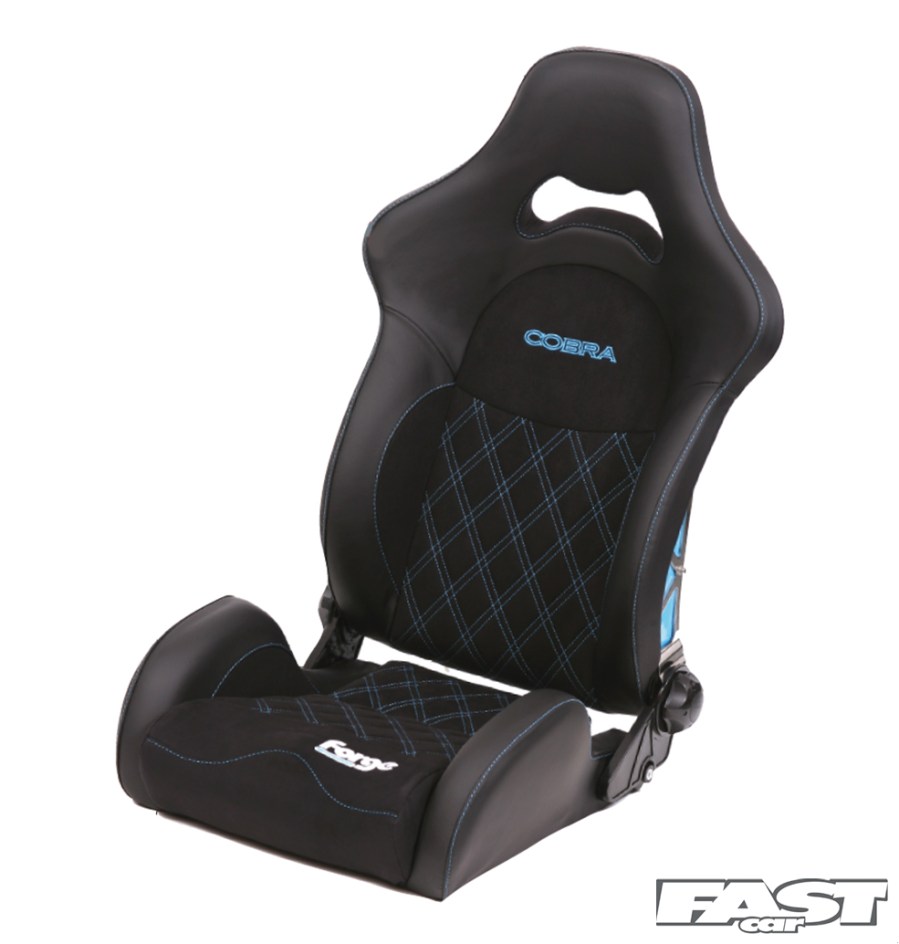
Car seat recliners
In the OEM market, unless you’re looking at highly tuned sports cars or special edition 911s, by far the most common are recliners. It’s pretty obvious why, as these work well with standard seatbelts, have adjustable backs for comfort, and most can tilt forward for rear seat access in 3-door hatches. In other words, they’re easy to live with.
Aftermarket recliners have the same virtues, offering versatility both for fast road cars and motors that like to hit the track once in a while. Technology from the leading manufactures is so good nowadays that some recliners are spot-on and perfectly safe for racing – those harness slots aren’t always for show you know. We actually had a set of Takata recliners in our own 350Z Time Attack car and they did the job brilliantly.
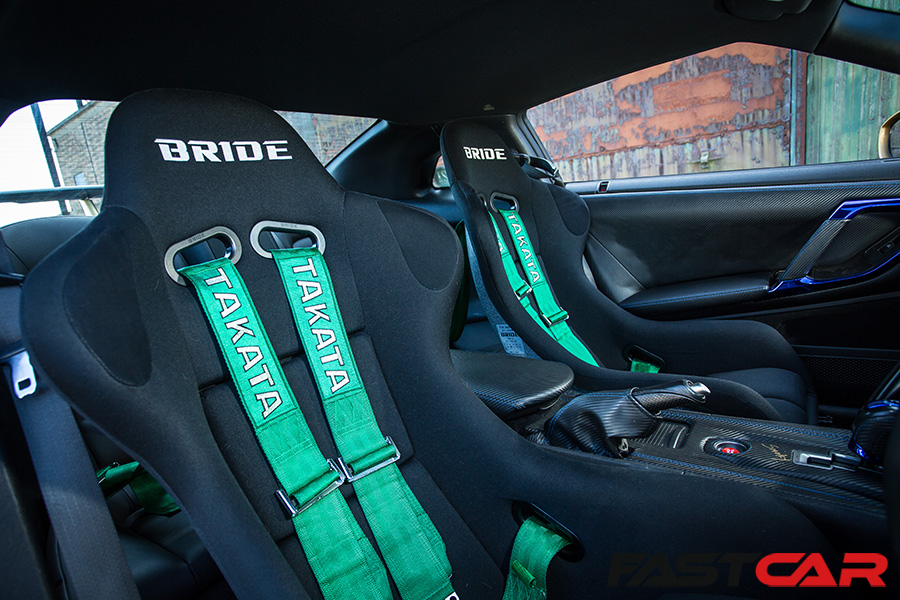
Bucket seats
For those in the more hardcore race world, (or at least those who want to look like they are), the purposeful bucket will always be king. Initially developed for professional motorsport use, these seats offer impeccable support to drivers, especially when working alongside a tight set of safety harnesses.
Good quality entry-level bucket seats typically start at a lower price than recliners (which is great for grass-roots and club sport cars) but there’s a massive amount of technology involved in developing higher end models which always comes at a price.
That said, with regards to the use of space-age materials and clever engineering, the spec of some of these modern racing seats can be nothing short of incredible, not to mention lifesaving, so, for many, it really is money well spent.
In a race car, your seat should fit just as snugly as your helmet. For that reason, plenty of professional drivers have their own custom seats measured to ensure they fit – a bit like a tailored Savile Row suit. For us mere mortals, though, it’s usually a case of squeezing into a few and finding which one is most suitable.
FIA Approval
If you’re serious about your racing and would like to compete in the most strictly regulated events, you’ll need a quality bucket seat that conforms to FIA standard 8855-1999. In fact, from a safety point of view, it’s probably best to look for FIA Approval as a matter of course.
The Federation Internationale De L’Automobile is a motorsport governing body which will only give their sign off to products if they pass a barrage of rigorous safety testing. It’s pretty heavy scientific stuff that we haven’t got the pages for here, but you can find out details of exactly how they do it at www.fia.com/sport/homologation
The important thing to know is that seats that conform to this standard will come with an integrated compliance label, usually a sticker (sometimes embroidery) which will contain the manufacturer, serial number, homologation number, and expiry of that particular model.
This official label is what race officials will be looking for when checking your car before going out on track. So don’t go peeling it off.
The other thing to watch out for here is the expiry date. Seats that conform to FIA Standard 8855-1999 are only approved for five years from the year of manufacture. That’s not to say that there’s necessarily anything wrong with them when they expire – just that you won’t be able to use them to race in certain events.
Contrary to popular belief ‘FIA Approved’ doesn’t have to mean ‘bloody expensive’ either – there are many entry-level seats that are built to these standards without breaking the bank.
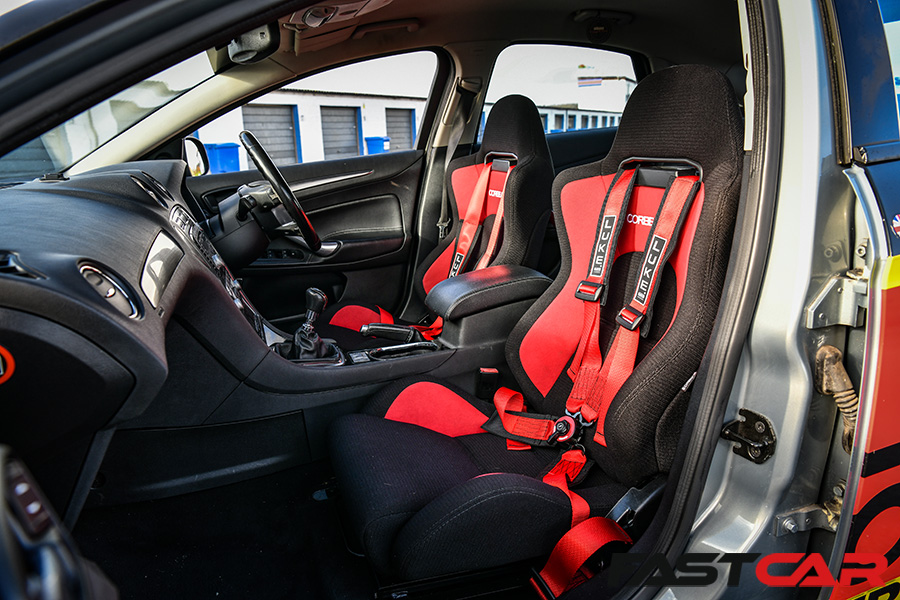
Shapes and sizes
Whether it’s buckets or recliners you’re after, one thing is universally important – they have to physically fit in your car. For most vehicles on the road that isn’t usually a problem, but it’s always something to bear in mind when choosing a seat for a small hatch, coupe or convertible.
Aftermarket designs come in all shapes and sizes – some motorsport buckets have head restraints and high side bolsters making getting in and out of more restrictive models an absolute nightmare. Even on the track you have to be able to exit your vehicle in under five seconds or they won’t let you race.
Design is important when it comes to recliners too. Like bucket seats, some recliners can have huge supporting shoulders which are great for holding you in, but only if they fit in side-by-side and don’t stop you shutting your door. On the flip side, there are plenty of slimline shoulder designs, low-back, and low-bolstered seats on the market for practicality, ease of access or a spot of retro style. Consider what you’re driving first, and choose your seat wisely.
What about a larger width car seat?
So you’ve overdone it on the Big Macs over the past few years? Don’t worry, you’re not the only one. It’s important (especially in a racing environment), that your seats offer a good degree of comfort and support when you’re strapped in. The fact of the matter is, if you can’t squeeze all the way in, it’s just not safe for you, and consequently anyone else on the tarmac.
Don’t go reaching for the salad just yet though, a few manufacturers cater for the more portly gentlemen by offering wider versions of their most popular designs. Problem solved, big-boy!
Manufacture
The majority of OEM seats, along with most entry-level buckets and recliners comprise of a steel frame overlaid with foam padding and trimmed with cloth, vinyl or leather. Higher-end buckets, and the backs of some posh recliners are made around a sculptured FRP (fibreglass reinforced plastic), carbon fiber or Kevlar shell. This not only looks good, but means that they can be put together at a fraction of the weight of their steel counterparts without compromising on strength.
Once a seat is designed, prototyped and all the patterns made, producing the finished article requires a number of skilled craftsmen at every stage of manufacture. This includes highly trained technicians to weld up the frame (or manufacture the bare shell) cut and stitch the pattern for the outer layer and, of course, fit everything together. For this reason, the very best quality seats are handmade and meticulously checked for quality before they leave the factory.
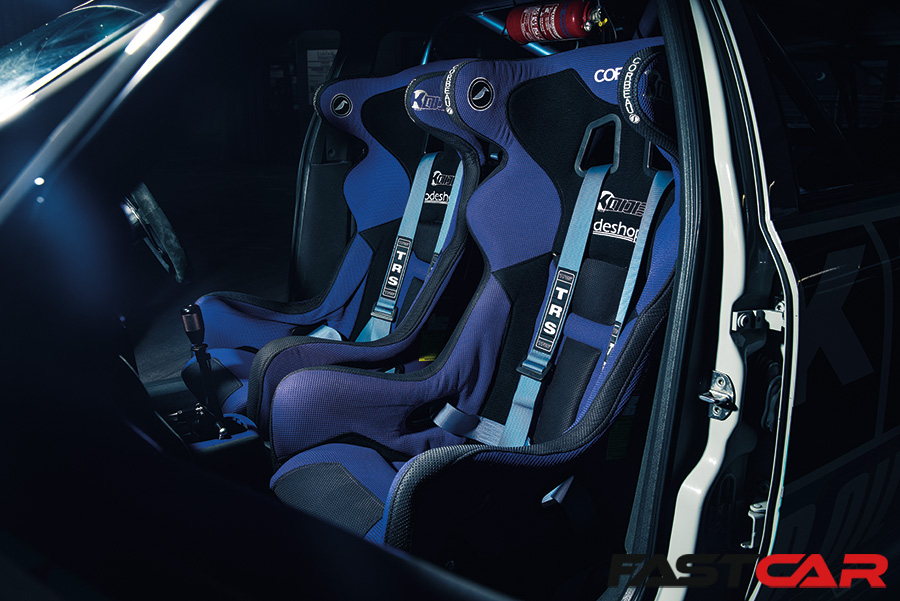
Get the look
Obviously as important as the performance is the way your new seat will look. It’s not just about the actual shape either, there’s usually a massive variation of trim options available off the shelf, in all sorts of colors and materials, with or without things like harness slots or manufacturer logos.
If you can’t find exactly what you want, or are just looking for the very finest money can buy, firms like UK giant Cobra also offer a bespoke service where you can have your perches made to order and trimmed in just about any material, color and stitching option you can imagine. There’s even the benefit of custom embroidery just like you see on all those pro race seats, special cooling material, color-coded backs or how about some fancy heating elements to keep your botty warm on a cold day? Basically, if you can dream it (and afford it) they can deliver it.

Fitting aftermarket car seats
So you’ve finally picked your seats – now all you need to do is get them in. It’s not just a case of drilling some holes in the floor though, again, the most important thing to consider is safety.
You need to bolt both the driver and passenger seat to the car securely, using high-tensile hardware. And, if at all possible, through the standard mounting locations which OEMs reinforce at the factory. In some cases (more often than not in a motorsport-derived vehicle) it may be necessary to use mounting locations outside the standard specifications, so reinforcement of the floor by welding in ‘spreader plates’ could be an absolutely essential step.
In the event of an accident, both the mounting hardware and location are put under extreme stress, so everything has to be up to the job. Cross-threaded bolts or even worse, leaving one out, are a massive no no. Not only that, but you’ll probably be needing an MoT and any VOSA-trained tester will quickly spot missing hardware or an insecurely mounted seat landing you a fail. For safety’s sake, get it right first time.
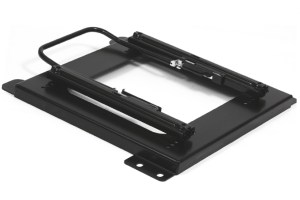
Car seat subframes
So how do you get your new seat and your car married up correctly? If you want to make life easy you’ll be looking for a tailored subframe. This is a rigid steel structure specific to your car model, designed to bolt into the floor through the original mounting locations. If your application needs it, they’ll also have a bracket for safely mounting your OEM seatbelt buckle – a crucial addition if you’re not using road-legal harnesses.
Your standard seats will already have subframes built in. Aftermarket manufacturers will usually keep their versions separate because they need to ensure a single seat design will fi t a multitude of vehicles. Some specialist tailored subframes, particularly in the retro market, also incorporate a tilt mechanism allowing your seats to lean forward at the pull of a leaver. These are particularly useful for fitting low-back fixed-buckets in a 2 or 3-door car where rear seat access may be a problem.
The good news is there are thousands of subframe applications available and they’re designed to transform installing seats from a nightmare weekend of fabricating and welding into a one hour DIY job.
It also makes good sense to purchase yours from the same manufacturer as your seats if possible. The dimensions of the seat-bottom mounting holes can be inconsistent between brands, so sticking to the same one should eliminate any unforeseen alignment problems.
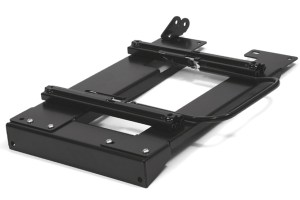
Car seat sliders
Unless you’re ‘static fixing’ a seat for one specific driver (something most common in race cars) most aftermarket installations will also need an added set of sliders. Like with any OEM seat, these mount between the seat and subframe to allow backward and forward adjustment. Even if you’re breaking out the welder and building your own subframes, sliders are pretty much essential in a road car that may need more than one driver – there’s nothing worse than not being able to reach the pedals.
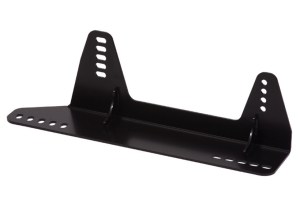
Side mounts
Most aftermarket road seats incorporate reinforced mounting holes in the bottom which bolt directly to the subframe or slider. Others, particularly those of the FIA Approved variety, have their bolt locations on the sides and will need a matching set of side mounts. Designed to allow small adjustments in the pitch angle of the seat, they’re most useful for getting that perfect racing seating position. A comfortable driver is a happy driver and all that.
Airbags
Many modern cars have airbags built into their seats and that’s something to be aware of when swapping to aftermarket items. Generally speaking, when you disconnect these seats from the car’s wiring loom it will illuminate the airbag light on the dash the next time you turn on the ignition. In the UK, that annoying little light is an MoT failure, but that’s by no means the worst of it. On most vehicles, having the airbag light on disables the rest of the system meaning you have no airbags at all.
To keep the system up and running you need to trick your car into thinking it still has the airbags fitted, just like you would when fitting an aftermarket steering wheel. You can achieve this by installing a resistor.
There are some companies that make plug-and-play kits to keep everything nice and simple, but these are pretty rare and usually relatively expensive. So, for the most part, you’ll need to do a bit of Internet pottering to find out the resistance value, before breaking out the soldering iron.
